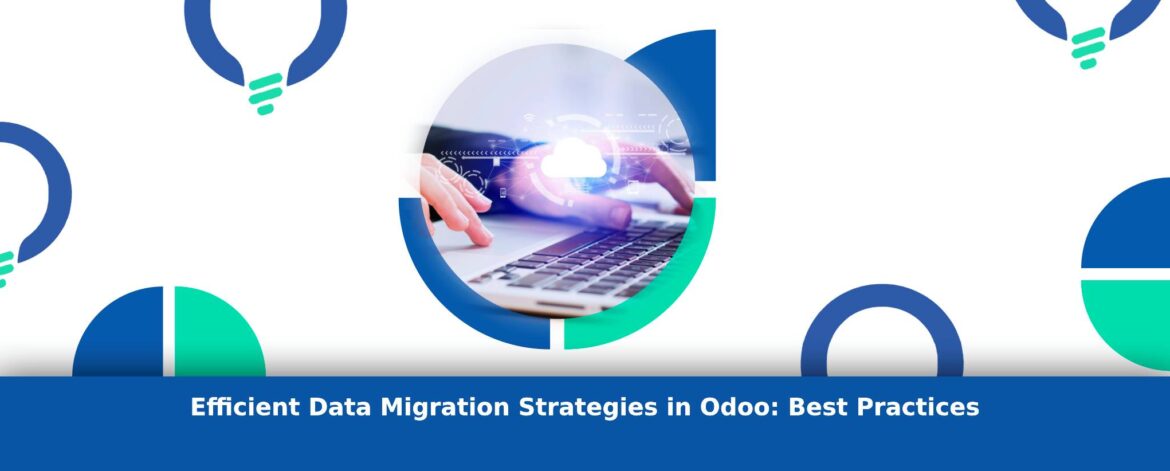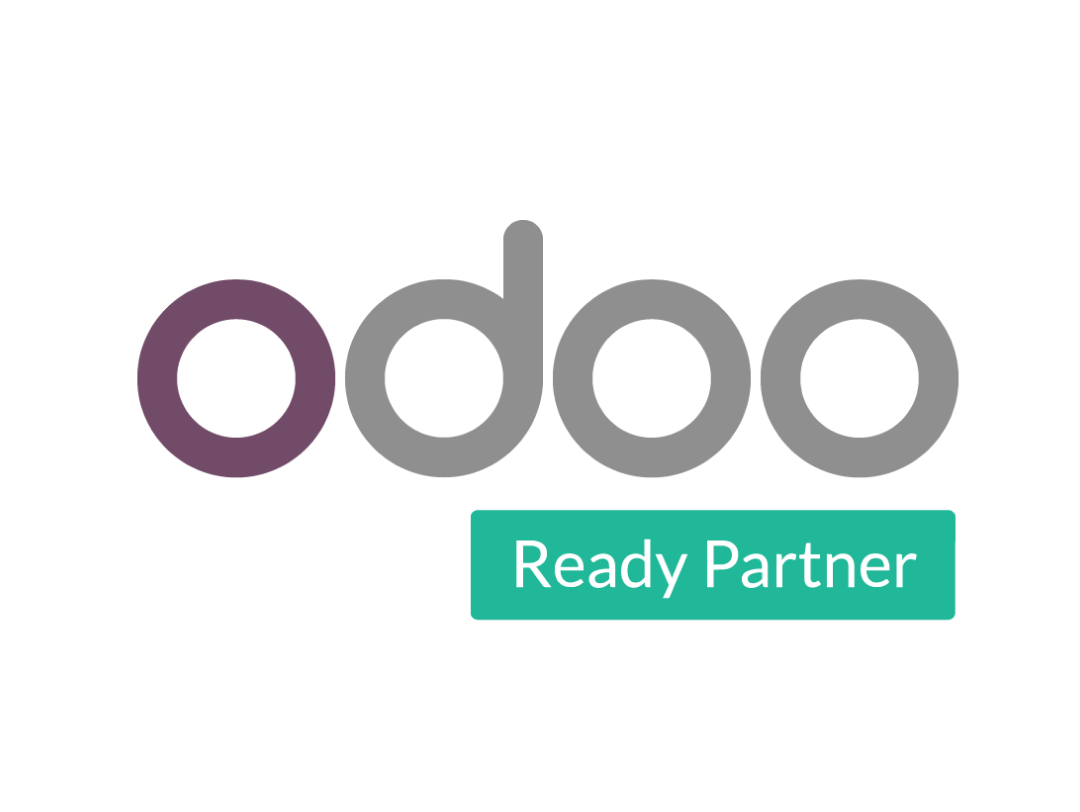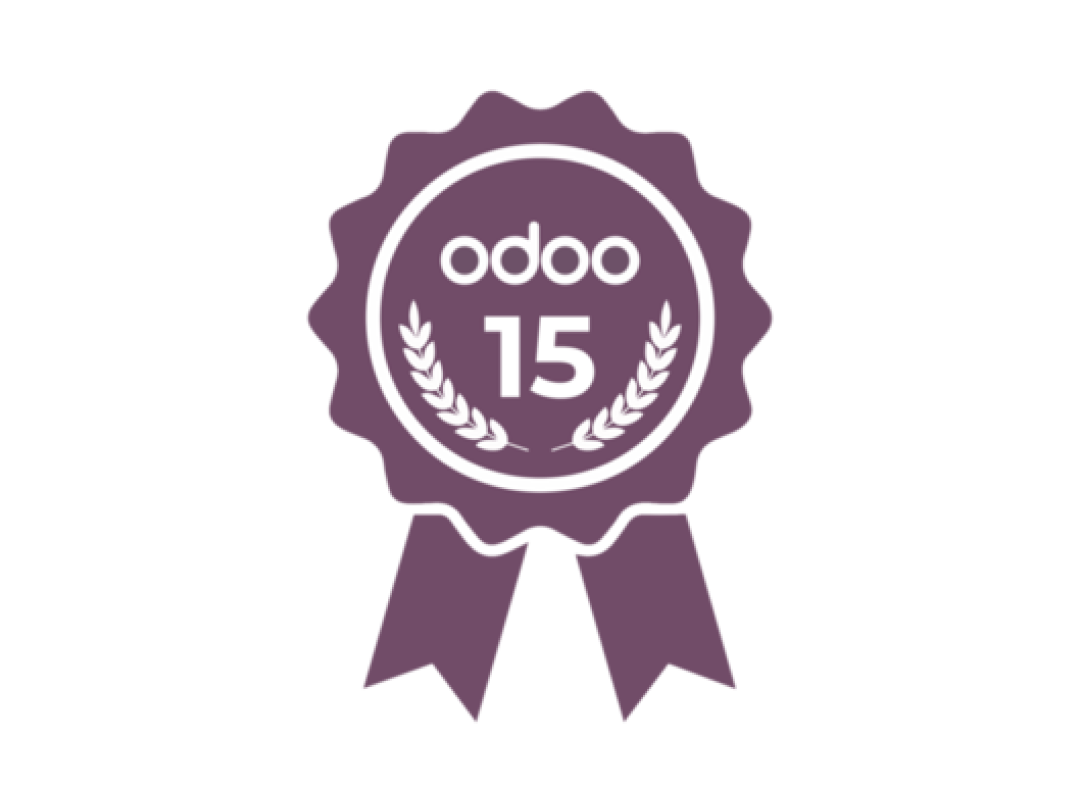Data migration is a critical phase in adopting a new system like Odoo. Efficiently transferring data while maintaining accuracy and integrity is importantl for a successful transition. This guide will explore the best practices and strategies for flawless data migration within Odoo, ensuring a smooth and error-free process.
Assess and Plan: The Foundation of Successful Data Migration
Before initiating the migration process, a thorough assessment of existing data is crucial. Identify the data to be migrated, its structure, dependencies, and potential challenges. This evaluation forms the basis of a comprehensive migration plan tailored to your specific business needs.
Data Cleansing and Preparation
Prepare your data meticulously before migration. Eliminate duplicates, rectify inconsistencies, and ensure data conformity to Odoo’s formats and standards. This step minimizes errors during migration and guarantees a clean dataset for the new system.
Choose the Right Migration Methodology
Odoo offers various methods for data migration, such as CSV imports, ETL (Extract, Transform, Load), or APIs for complex integrations. Select the most suitable approach based on data volume, complexity, and your technical capabilities. Utilizing Odoo’s built-in migration tools or seeking assistance from experienced consultants can simplify this process.
Prioritize Data Security and Backup
Data security is paramount during migration. Ensure robust backup mechanisms are in place to prevent data loss or corruption. Implement encryption, access controls, and secure transfer protocols to safeguard sensitive information throughout migration.
Incremental Migration and Testing
Consider an incremental migration approach, transferring data in stages or modules. This facilitates easier monitoring, validation, and rectification of any issues encountered during each phase. Rigorous testing after each migration step ensures data accuracy and functionality within Odoo.
Engage Stakeholders and Training
Involve key stakeholders early in the process to align expectations and gather insights. Additionally, comprehensive training sessions for end-users on utilizing Odoo’s data structures and functionalities can mitigate resistance and ensure a smoother transition post-migration.
Monitor, Validate, and Optimize
Constantly monitor the migration process, validate migrated data for accuracy, and promptly address discrepancies. Post-migration, optimize data structures, workflows, and configurations to maximize the benefits of Odoo’s functionalities.
Seek Expert Assistance When Needed
For complex migrations or when encountering challenges beyond your expertise, seek guidance from Odoo experts or consultants. Their experience and insights can navigate complexities, ensuring a successful migration without compromising data integrity.
Conclusion: Invariable Transition to Odoo
Efficient data migration in Odoo demands meticulous planning, precise execution, and continuous validation. By adhering to best practices, businesses can seamlessly transition to Odoo, leveraging its robust features and functionalities without compromising data integrity.
An efficient data migration strategy tailored to your business needs and aligned with Odoo’s capabilities lays the foundation for successful adoption, enabling your organization to harness the full potential of Odoo’s ERP system.




